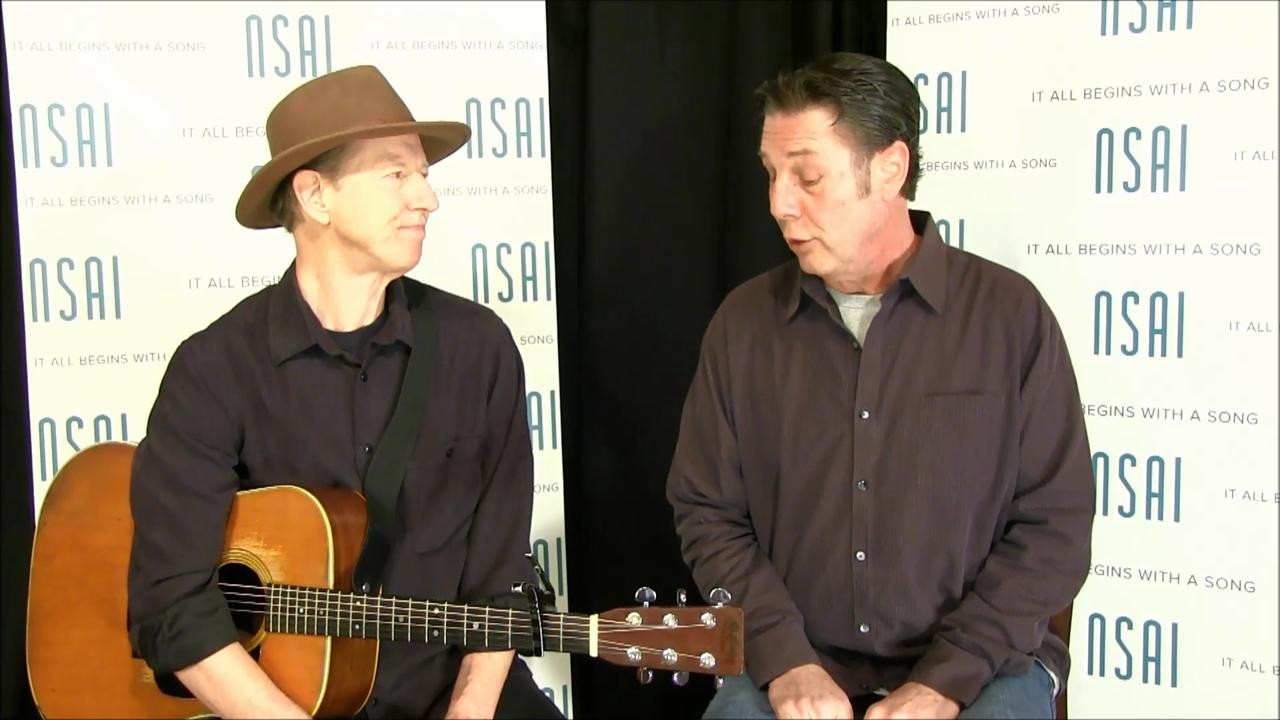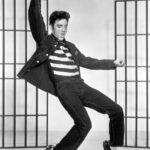Country music boasts a rich history filled with upbeat and inspiring anthems. However, The Oak Ridge Boys’ 1978 chart-topper, “I’ll Be True To You,” takes a different path, delving into melancholic depths. This song narrates the tale of a woman clinging to a lost love, ultimately succumbing to despair and drinking herself to death in a bleak hotel room.
Alan Rhody, the song’s writer, originally envisioned a male protagonist meeting this tragic end. However, in a revealing interview with Bart Herbison of Nashville Songwriters Association International, Rhody shared that switching the character’s gender amplified the song’s poignant impact. Let’s explore the journey of how this somewhat somber song became a No. 1 hit for the Oak Ridge Boys.

From Folk Roots to Country Charts: The Genesis of a Hit
Rhody penned “I’ll Be True To You” before his move to Nashville, early in his songwriting career. He had just signed his initial publishing deal when his publisher informed him that a gospel quartet, venturing into country music, had recorded his song. Rhody confessed his initial lack of excitement, partly due to a clause in his agreement allowing him to reclaim his songs if a major artist didn’t record one within a year.
Interestingly, the original rendition of “I’ll Be True To You” was significantly longer, a testament to Rhody’s folk and rock influences. Artists like Harry Chapin, Bob Dylan, and Gordon Lightfoot, who were known for crafting lengthy, narrative-driven songs, shaped his songwriting approach. Rhody explains, “There were never a lot of qualms about how long a song might be if it held your attention.” In fact, “I’ll Be True To You” was born from two separate song fragments, initially conceived as a musical trilogy.
Crafting the Narrative: Melancholy and Merger
The song’s inception began with a somber guitar riff, evoking a sense of melancholy that guided the narrative. Rhody admitted, “I honestly made the story up.” Like many of his early works, the song’s direction unfolded organically as he wrote. Later, he integrated another set of lyrics and melody, forming the second part of what was initially a three-part composition.
The original demo clocked in at an expansive seven minutes and fifteen seconds. Song plugger Cliff Williamson recognized the story’s strength and the appeal of the title but emphasized the need for brevity for radio play. Rhody then spent two days in Nashville refining the song’s length and structure. During this process, a pivotal change occurred: the gender roles within the narrative were reversed.
The Gender Swap: Amplifying the Tragedy
This alteration, Rhody believes, significantly amplified the song’s emotional resonance. The shift from a heartbroken man to a woman drinking herself to oblivion intensified the tragedy. “It made it that much stronger because it made it sadder that a woman would drink herself away and die of a broken heart,” Rhody reflected.
This darker narrative was somewhat unconventional for country music at the time. While ballads were common, a song depicting such a bleak and unhappy ending was less so. Rhody believes this unique element contributed to the song’s distinctive appeal and impact.
A Breakthrough Hit for The Oak Ridge Boys
“I’ll Be True To You” marked The Oak Ridge Boys’ first No. 1 hit in country music, a significant milestone for the group. Despite initially aspiring to be a recording artist himself, Rhody acknowledged the excitement of hearing his song on the radio for the first time. The success of “I’ll Be True To You” not only launched The Oak Ridge Boys to new heights but also solidified Alan Rhody’s career as a sought-after songwriter.
This unexpected journey, from a lengthy, melancholic folk-inspired piece to a chart-topping country hit, underscores the power of storytelling and the transformative impact of a simple yet profound change in perspective. “I’ll Be True To You” remains a testament to the enduring appeal of songs that dare to explore the complexities and sorrows of the human heart.


